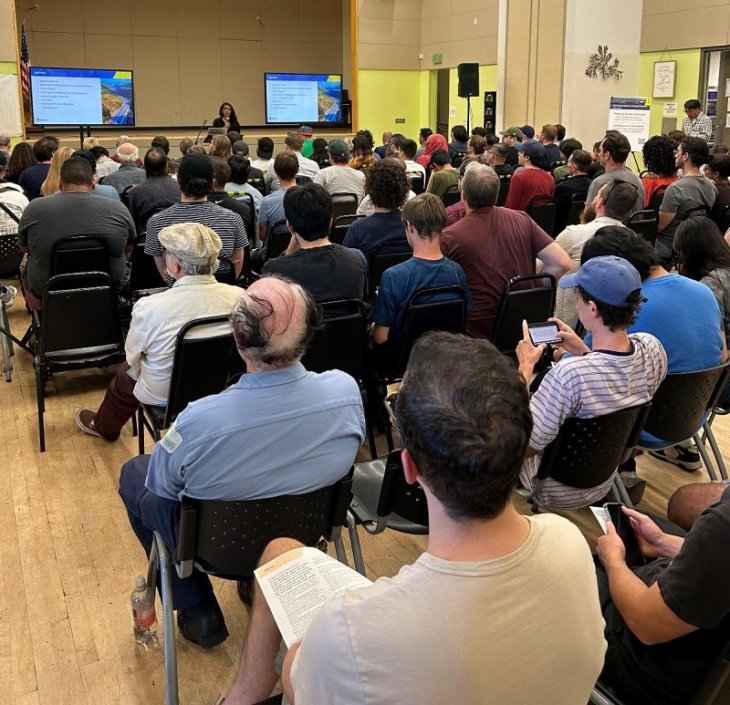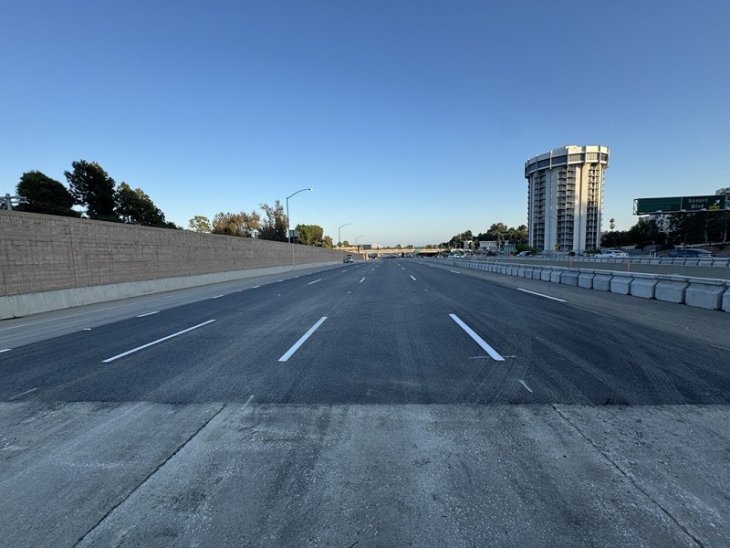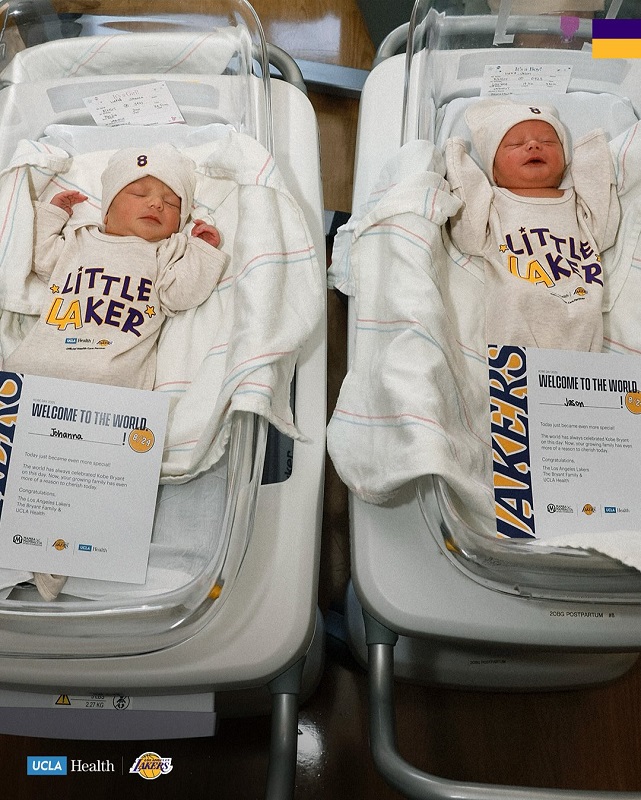By Tom Elias, Westside Today Columnist
“Before the pandemic, all my clients were asking for new leases for office space. Now they’re all asking how to get out of their leases.” A prominent Los Angeles real estate lawyer speaking earlier this month.
It turns out that all those bills the Legislature passed over the last 18 months to make denser housing commonplace in California for relief of the longtime housing crunch may suddenly be rendered irrelevant by a virus.
For the longer Californians shelter at home to slow the spread of the COVID-19 coronavirus plague the more obvious it becomes that all the office buildings that rose in the major cities of this state over the last decade stand a decent chance of becoming high-rise white elephants.
Meanwhile, Gov. Gavin Newsom spent much of the last two years lecturing California citizens and cities that they must OK construction of 3.5 million new dwelling units before the end of 2025 to slake California’s thirst for housing.
That would have been a pace of about 700,000 new units per year, roughly five times what was actually built in Newsom’s first full year as governor and far more units than there are financially qualified buyers.
Yes, the state did have about 150,000 homeless as of January, but few of them can afford even so-called “affordable” housing.
Enter the shelter-in-place tactics Newsom and local health officers decreed in order to shake off the pandemic, which has afflicted many more than 20,000 Californians (the number rises by the hour) and killed hundreds of us.
Countless corporations, from telemarketers to newspapers and law firms, have sent their white collar workers home to use kitchen and dining room tables while cubicles stand empty. Millions of square feet of office space, maybe billions, are idle.
No dummies, some executives now realize they never really needed all that office space. And some workers are coming to understand they don’t really need to spend hours each day fighting traffic jams. Companies can save billions in rent money, while workers can save immeasurable stress if this new reality lasts beyond the reopening of commerce which may begin next month. If that Los Angeles real estate lawyer’s clients are an indicator, many will try to escape leases.
What happens then to all that office space? Already the owners – including real estate investment trusts (REITs) whose shareholders suddenly see their stock values plummeting and dividends drying up – are near panic.
Said one multi-billion-dollar REIT (or is it really worth that much now, with tenants refusing to pay rent and government edicts preventing evictions?) in a letter to stockholders, “The COVID-19 pandemic has drastically impacted the viability and valuation of almost all types of commercial real estate.”
The solution to that REIT’s problem is obvious – and it’s also the answer to California’s housing problem: Sell off a lot of that office space as apartments and condominiums.
To a large extent, the suddenly vacant square footage sits in existing buildings. Converting several floors of many, many buildings into living units would not require new construction, nor would it seriously change the nature of any neighborhood.
That was the chief objection of cities and neighborhoods to SB 50, the nearly-successful effort by Democratic state Sen. Scott Wiener of San Francisco to force building of high rise living units near transit stops and the busiest bus routes in almost every California city.
Putting new apartments and condos into existing office space solves those issues, while also placing a large share of the new residents near transit stops and job centers, just as Wiener wanted.
Sure, the conversions would require a lot of plumbing, electric and drywall work, but new laws signed by Newsom would grease the path to the needed building permits and myriad new jobs would appear just when they are most needed. Meanwhile, many building owners would get their money out pretty soon, plenty of affordable new housing could quickly appear and the housing shortage could end.
That’s a very expensive solution to the housing crisis, in terms of human suffering and lives lost. But at least it offers a silver lining for an ultra-tragic pandemic.
Email Thomas Elias at tdelias@aol.com. His book, “The Burzynski Breakthrough, The Most Promising Cancer Treatment and the Government’s Campaign to Squelch It” is now available in a soft cover fourth edition. For more Elias columns, visit www.californiafocus.net





















